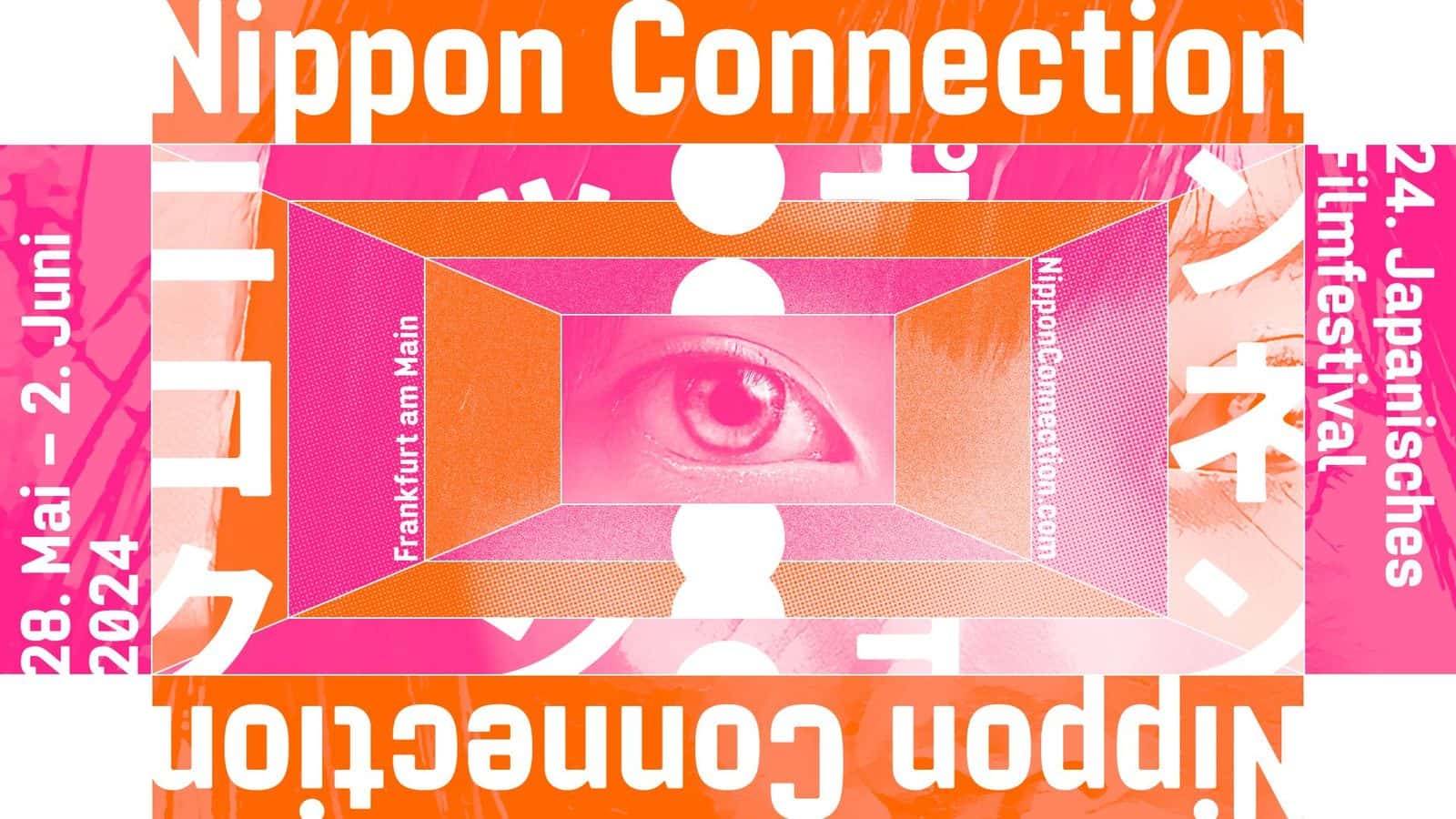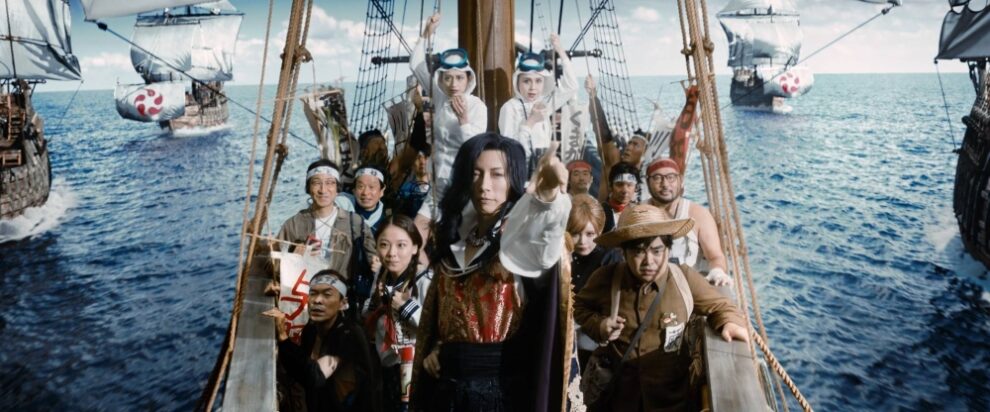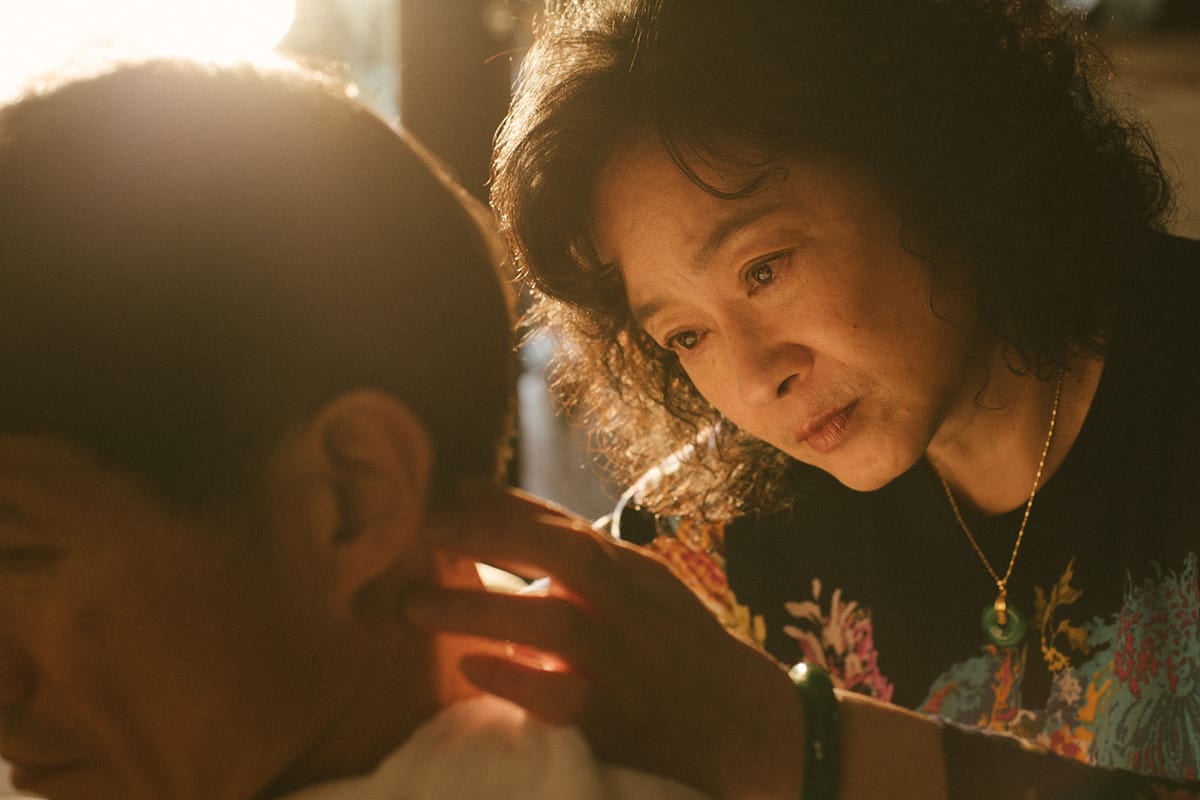Tonde Saitama (“Fly Me to The Saitama”), released in 2019 and directed by Hideki Takeuchi, was based on the 1980s unfinished manga series of the same name by Maya Mineo. It was the story of a fictional world where discrimination was applied, based on birthplace and residence, and Saitama (always been looked down by Tokyo residents) was at the bottom of the rank. Playing on the stereotypes and memes that see Saitama prefecture as the “poor cousin of Tokyo”, the film proved very successful with audiences – local and foreigner alike – making it the third top-grossing Japanese live-action film of 2019.It was indeed a hilariously silly film, and the in-jokes and local references were understandable enough to be enjoyed fully by non-Japanese crowd. The success, the laughs and standing ovation it received when presented in Udine Far East Film Festival 2019 where a proof of its transnational allure.
Its sequel “Fly Me To The Saitama – From Biwa Lake With Love” has just landed and is having a festival run at the moment. A long delay in the production was caused by his protagonist GACKT's poor health that forced him to a hiatus and halted the filming. This time the story is not to be found in the original manga – that was never completed by the author for fear of becoming too offensive to Saitama's residents – but it is a work of wild imagination where the parochial rivalry extends to another part of Japan and involves many more players. The big question that always arises with comedy sequels is, will it manage to be as funny as the first one?
Fly Me To The Saitama -From Biwa Lake With Love is screening at Nippon Connection

In the previous instalment, the tale of Saitama's war of independence was narrated at the radio, while in present day, the Saitanese Sugawara family – Dad, Mum and Daughter – was driving to the latter's engagement party with her Tokyo-born fiancée. Few years have gone bye, and on the same car Dad, Mum and pregnant Daughter are now going to a competition of tug-of-war between prefectures, where Dad will be judge, while the radio unfolds the rest of the saga from an imaginary past. After the “Saitama-ization” of Tokyo completed in the first stage, romantic hero Rei Asami (GACKT) and his lover bishonen-boy Momomi Dannoura (Fumi Nikaido) plan to expand the rebellion to the whole of Japan, but they have to deal with pockets of opposition still active in their prefecture. One solution they come out with is the construction of the Musashino Train line to connect all the little provinces around Tokyo (one can guess that connections via public transport is a sore subject of the area). However, this doesn't solve the disputes between towns, and in a moment of genius, Rei decides to make everybody happy creating a sea resort in Saitama, which – having no direct access to the sea – have always held a grudge for not having a beach.
To do so, he will navigate down to Shirahama, a resort town on the south coast of Japan's Wakayama prefecture, known for its quartz-sand beach, and bring back tons of the white sand. He set sail with a group of his loyal men, leaving Momomi back, but once in Wakayama, they end up caught in a war of independence similar to their own one. In this case, the villain is the city of Osaka with its evil mayor Akira Kashouji (Ainosuke Kataoka), a mix between The Joker and Will Wonka, allied with snob Kyoto and Kobe. They are reducing the nearby Shiga into slavery for the production of an addictive white powder that turns people into Osakan (!!) and that is hidden into the ubiquitous takoyaki (octopus balls, typical street food from Osaka). Rei teams up with the charming leader of the Shiga Liberation Front, Kai Kikyou (Anne Watanabe). Defeated by a fatal attraction, however, he is about to discover a deeper connection that links him to the beautiful and brave heroin.
If this sounds a bit mad, it is indeed. Or at least it is very confusing. Hideki Takeuchi goes straight to the point as if he is taking for granted everybody must have seen the prequel, and this doesn't make it easier. Like its prologue, “Fly Me To The Saitama – From Biwa Lake With Love” fully embraces the wackiness of the trite stereotypes and turns them into farcical parody. However, having extended the rivalry between cool cities and uncool provinces to a whole new level of competition between prefectures, the confusion gets multiplied exponentially.
Fast paced and fast spoken as it is, I struggled to keep track of what was going on and I had to resort to G-map and G-search to identify the plethora of places, regions, prefectures and towns that were thrown in the big mix. Surely, I've learned one or two new things in the process; for example when the Shiga Liberation Front wins a battle against the Osakan police (dressed in the Tiger Baseball Team uniform) throwing to them a smelly, slushy gunk, a thorough search informed me that it was “Funa-sushi, a famous local type of fermented sushi made using carp from Lake Biwa, Japan's largest lake, in Shiga Prefecture, characterized by its strong stench”. Who would have guessed?
Check also this article
By the way – just to make it clear and fair – Osaka is a charming, fun city, best known for its street food, nightlife and a distinctive accent, and has a culture of being more direct and relaxed than other areas in Japan; hence a certain prejudice-based reputation of rudeness and provincialism, comparing it to snobby Tokyo.
Much to be enjoyed is the extravagant production with the steam punk / renaissance settings and costumes, particularly a surreal, hallucinatory chemical lab where the white powder is produced and the dungeons under Osaka Baseball Stadium, where the prisoners are slaving and labouring for the evil Osakans tyrants. Moreover, like in the prequel, the Battle of Birthplaces is rather funny; both parts playing one-upmanship, showing off gigantic tapestries of local pop celebrities, like actor Takanori Nishikawa, comedian Sanma Akashiya and actress Norika Fujiwara for the rebels, and singer Masski Suda, actresses Erika Toda and Keiko Kitagawa for the Osaka-Kyoto alliance, with the final and winning blow of none other than Emperor Kanmu, the 50th emperor of Japan who established Kyoto as the capital in 794 AD!
In conclusion, “Fly Me To The Saitama – From Biwa Lake With Love” is bound to have a certain success in Japan, riding on the smashing laurels of the first episode, but it has kept none of its delicate balance between “very funny” and “too much”, and it has definitively lost that relatability that had made it so universally amusing and easily exported.













